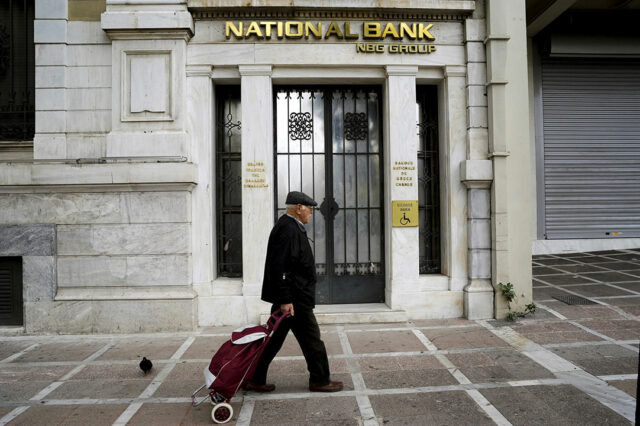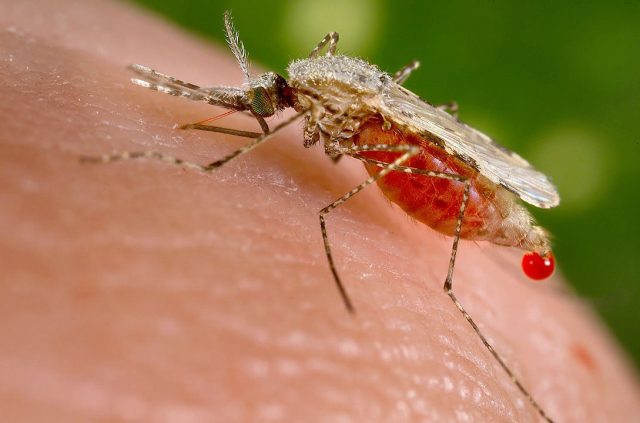WASHINGTON — When Joseph R. Biden met with Prime Minister Benjamin Netanyahu and his war cabinet during his visit to Israel, the US president assured them: “I don’t believe you have to be a Jew to be a Zionist, and I am a Zionist.”
The politicians and generals gathered in the ballroom of the Tel Aviv hotel nodded in approval, according to a US official knowledgeable of the closed-door remarks, even as Israel bombarded Gaza in retaliation for a devastating attack by Palestinian Hamas militants and with a ground invasion looming.
Mr. Biden, who is of Irish Catholic descent, has used similar words in the past to profess his affinity for Israel. But the moment, which has not been previously reported, illustrates how Mr. Biden’s decades as one of the leading “Friends of Israel” in American politics seem to be guiding him during a defining crisis of his presidency.
It also underscores the challenges he faces balancing unwavering support for Israel with persuading Mr. Netanyahu — with whom he has a long history — to avoid worsening the civilian death toll and humanitarian meltdown in Gaza as well as complicating further releases of American hostages.
“Biden’s connection to Israel is deeply engrained in his political DNA,” said Aaron David Miller, a former Middle East negotiator who served six secretaries of state in both Democratic and Republican administrations. “Whether he likes it or not, he’s in the midst of a crisis he’ll have to manage.”
Reuters interviewed a dozen current and former aides, lawmakers and analysts, some of whom said Mr. Biden’s current wartime embrace of Mr. Netanyahu could afford the US leverage to try to moderate Israel’s response in Gaza.
In their private session with aides on Wednesday, the two leaders displayed none of the tensions that have sometimes characterized their meetings, according to a second US official familiar with the talks.
But Mr. Biden did pose hard questions to Mr. Netanyahu about the coming offensive, including “have you thought through what comes the day after and the day after that?” the official said. US and regional sources have expressed doubt that Israel, which vows to destroy Hamas, has yet crafted an endgame.
Mr. Biden’s alignment with the right-wing leader risks alienating some progressives in his Democratic Party as he seeks re-election in 2024, with a growing international outcry against Israel’s tactics also casting some blame on the US.
It also has prompted many Palestinians and others in the Arab world to regard Mr. Biden as too biased in favor of Israel to act as an even-handed peace broker.
FORGED OVER DECADES
Mr. Biden has partly credited his pro-Israel world view to his father, who insisted following World War II and the Nazi Holocaust there was no doubt of the justness of establishing Israel as a Jewish homeland in 1948.
Mr. Biden’s awareness of the persecution of Jews over the centuries and a record high in the number of antisemitic incidents in the US last year could also help explain why Hamas atrocities committed in the Oct. 7 attack on Israel were so disturbing for the 80-year-old president, according to a former US official.
Entering national politics in 1973, Mr. Biden spent the next five decades forging his policy positions — iron-clad support for Israel’s security coupled with backing for steps toward Palestinian statehood — as he served as US senator, Barack Obama’s vice president and finally president.
His career was marked by deep engagement with the Israeli-Arab conflict, including an oft-retold encounter with Prime Minister Golda Meir who told the young lawmaker in 1973 on the cusp of the Yom Kippur War that Israel’s secret weapon was “we have no place else to go.”
During his 36 years in the Senate, Mr. Biden was the chamber’s biggest recipient in history of donations from pro-Israeli groups, taking in $4.2 million, according to the Open Secrets database.
As vice president, Mr. Biden often mediated the testy relationship between Mr. Obama and Mr. Netanyahu.
Dennis Ross, a Middle East adviser during Mr. Obama’s first term, recalled Mr. Biden intervening to prevent retribution against Mr. Netanyahu for a diplomatic snub during a 2010 visit. Mr. Obama, Ross said, had wanted to come down hard over Israel’s announcement of a major expansion of housing for Jews in East Jerusalem, the mostly Arab half of the city captured in the 1967 war.
“Whenever things were getting out of hand with Israel, Mr. Biden was the bridge,” said Ross, now at the Washington Institute for Near East Policy. “His commitment to Israel was that strong … And it’s the instinct we’re seeing now.”
While Mr. Biden and Mr. Netanyahu profess to be longtime friends, their relationship was frayed in recent months with the White House echoing Israeli opponents of Mr. Netanyahu’s plan to curb the powers of the Supreme Court of Israel.
PROGRESSIVE DISSENT
The two now find themselves in an uneasy alliance that could be tested by an Israeli ground offensive.
Republican US Senator Lindsey Graham, in an interview with Reuters, expressed confidence that the “arc of time” in Mr. Biden and Mr. Netanyahu’s relationship would enable them to work together.
But in a veiled swipe, Mr. Graham, who spent years as Mr. Biden’s Senate colleague, said it was “imperative” he set “red lines” to keep Iran, Hamas’ benefactor, out of the conflict.
Mr. Biden has warned Iran not to get involved but has not spelled out consequences.
Hamas gunmen killed 1,400 people and took around 200 hostages, including Americans, when they rampaged through Israeli towns. Israel has since put Gaza under siege. At least 4,385 Palestinians have been killed, Gaza officials said.
While Republicans have shown near-unanimity in endorsing whatever action Israel takes, Mr. Biden faces dissent from a faction of progressives pushing for Israeli restraint and a ceasefire.
“President Biden, not all America is with you on this one, and you need to wake up and understand,” Representative Rashida Tlaib, the only Palestinian American in Congress, told supporters. “We are literally watching people commit genocide.”
But experts say Mr. Biden could gain ground among independent voters who share his affinity for Israel.
A Reuters/Ipsos poll released on Monday showed stronger US public sympathy for Israel than in the past, with support for Israel highest among Republicans at 54%, compared to 37% of Democrats. Younger Americans showed less support for Israel than older Americans.
Mr. Biden, facing low approval ratings, and some fellow Democrats are also expected to be wary of running afoul of the main U.S. pro-Israel lobby, AIPAC, a powerful force in US elections.
But the crisis has also stirred criticism of Mr. Biden for not devoting enough attention to the plight of Palestinians, whose hopes for statehood have grown ever dimmer under Israeli occupation.
US officials had said the time was not right to resume long-suspended Israeli-Palestinian negotiations, largely because of intransigence on both sides.
“The administration’s neglect of the issue is a key factor in where we are today,” Khaled Elgindy, a former Palestinian negotiations adviser, said.
Mr. Biden’s “blank check” for Israel’s assault on Gaza has “shattered, perhaps irreversibly, what little credibility the US had left,” said Khaled Elgindy, now at the Middle East Institute in Washington. — Reuters









